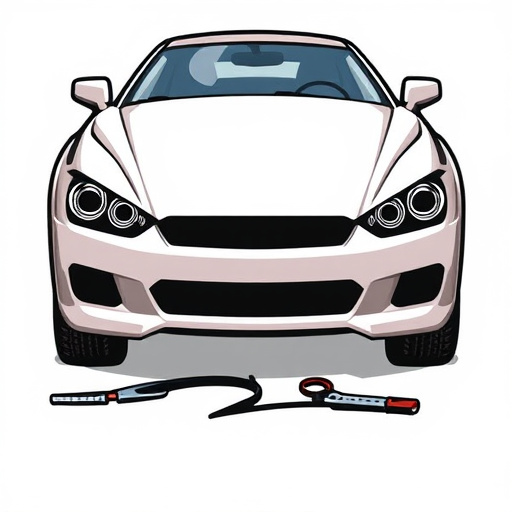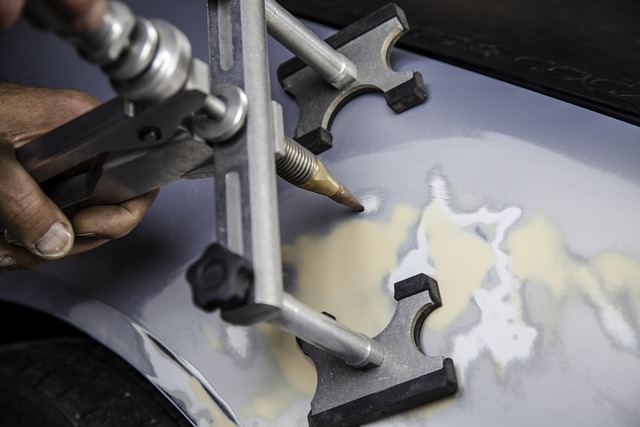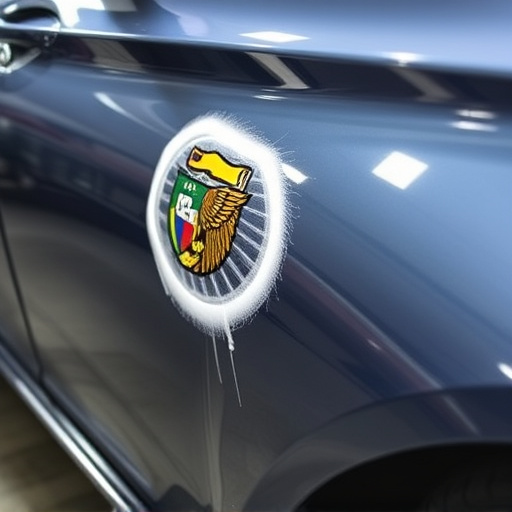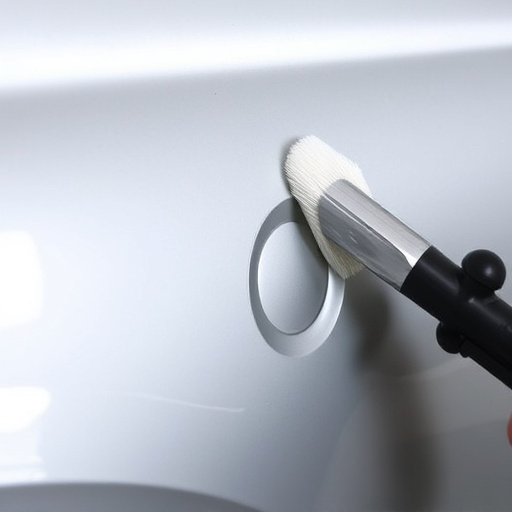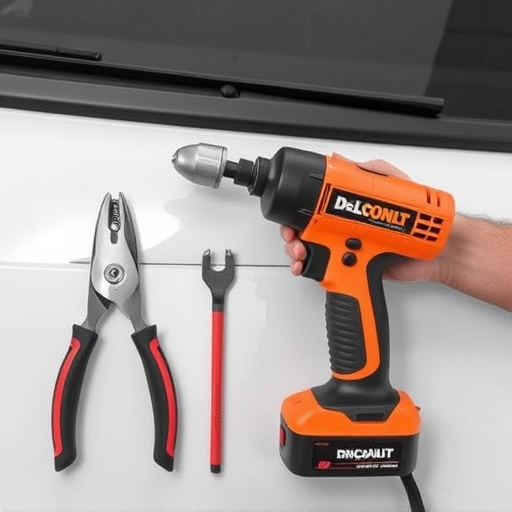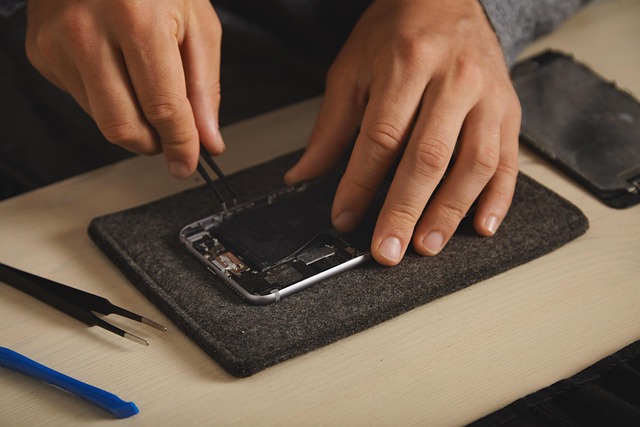The Mercedes AMG Sequential Turn Signals, a safety and style feature on high-performance models, uses LED lights, sensors, and a control module to warn other drivers of lane changes and turns. Issues like flickering or malfunction require prompt attention through regular maintenance and repairs, which may involve fender repair for physical damage or diagnostic testing/part replacement for electronic failures. Successful repairs demand the right tools, diagnosis with a multimeter, high-quality compatible parts, and meticulous installation to prevent signal malfunction. Focus on both vehicle electronics and structure for reliable Mercedes sequential turn signal repair.
Mercedes AMG Sequential Turn Signal Repair: Unlocking Safe, Reliable Driving. These advanced lighting systems enhance safety with their distinct flashing pattern but can falter due to various factors. This article guides you through understanding the intricate components and functionality of Mercedes sequential turn signals. We then delve into common issues, from faulty sensors to damaged wiring, and present a comprehensive overview of repair considerations, including essential tools, techniques, and parts selection for a successful, effective fix.
- Understanding Mercedes AMG Sequential Turn Signals: Components and Functionality
- Common Issues and Causes of Sequential Turn Signal Malfunction
- Repair Considerations: Tools, Techniques, and Parts Selection for Effective Fix
Understanding Mercedes AMG Sequential Turn Signals: Components and Functionality

The Mercedes AMG Sequential Turn Signals are a distinctive feature on many high-performance models, adding to the vehicle’s sleek and athletic aesthetic. Beyond their visual appeal, these turn signals serve a crucial purpose in enhancing driving safety by providing drivers with an advanced warning system for lane changes and turns. Comprising several key components—including LED lights, sensors, and a control module—the sequential turn signal system operates in conjunction to detect driver intent and communicate it to other motorists.
The functionality is designed to mimic the natural hand signals a driver might use, flashing each side sequentially before executing a turn. This innovative technology not only ensures better visibility but also reduces the risk of vehicle collisions during lane changes. When considering Mercedes sequential turn signal repair, whether due to malfunction or damage (like that which may occur in a body shop services following a vehicle collision repair), it’s essential to understand the intricate interplay of these components and their contribution to driving safety.
Common Issues and Causes of Sequential Turn Signal Malfunction
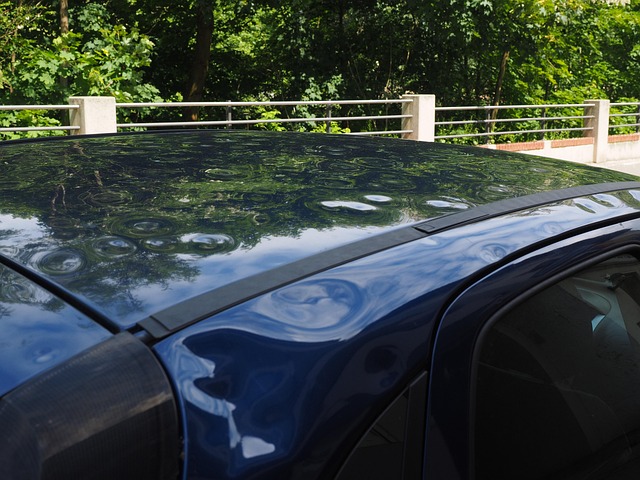
The Mercedes AMG Sequential Turn Signal, a feature that enhances both safety and style, can sometimes succumb to technical glitches. Common issues include intermittent flickering, delayed activation, or complete malfunction. These problems may arise from various causes, such as faulty wiring, worn-out components like relay modules or flashers, or even damage during a collision. A fender repair or vehicle body repair might be necessary if the issue is related to physical damage, while a Mercedes sequential turn signal repair typically involves diagnostic testing and replacing defective parts.
Over time, exposure to harsh weather conditions and road debris can lead to internal component degradation. Moreover, electrical shorts or faulty connections can cause signal disruption. Regular maintenance checks and prompt attention to warning signs can prevent minor issues from escalating into more complex problems. When troubleshooting, it’s crucial to consider both the vehicle’s electronic systems and its physical structure, as a collision center’s expertise in both areas is invaluable in ensuring reliable repairs.
Repair Considerations: Tools, Techniques, and Parts Selection for Effective Fix
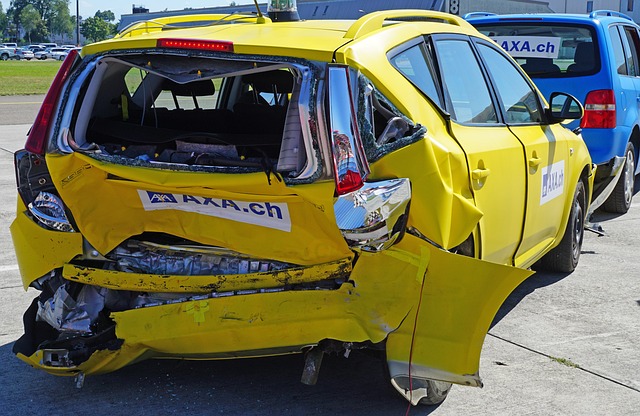
When tackling a Mercedes AMG sequential turn signal repair, having the right tools and understanding the techniques are key to a successful fix. Begin by gathering essential diagnostic tools, such as a multimeter, to identify any faulty components within the complex electrical system of the car’s bodywork services. The sequential turn signals rely on precise wiring, so a thorough inspection is crucial before replacing parts.
For auto body work enthusiasts, this repair involves selecting compatible replacement parts that match the vehicle’s specifications. Opt for high-quality, OEM (Original Equipment Manufacturer) parts or trusted aftermarket alternatives to ensure optimal performance and longevity. Remember, correct installation techniques are equally vital; misalignment can lead to signal malfunction, so meticulous attention to detail during the repair process is indispensable.
Mercedes AMG sequential turn signals are intricate systems that enhance driving safety with their unique functionality. However, like any complex mechanism, they can experience issues over time. Common problems such as faulty components or misalignment can disrupt their performance. To effectively address these challenges, understanding the repair considerations is paramount. This includes selecting the right tools, employing meticulous techniques, and choosing high-quality replacement parts tailored to Mercedes AMG models. With proper care and informed repairs, you can ensure these advanced turn signals continue to deliver reliable and efficient signaling for years to come, maintaining both driver safety and vehicle integrity.
